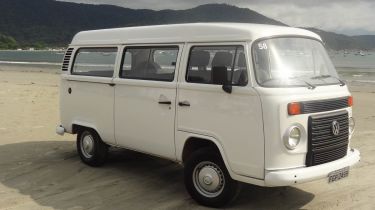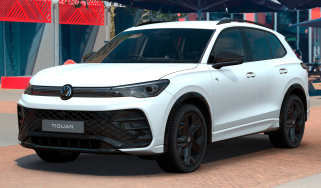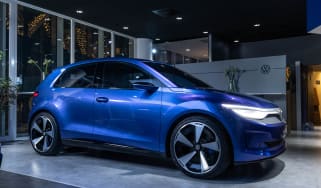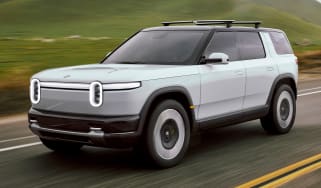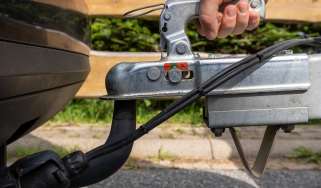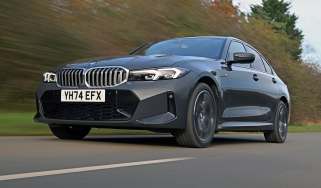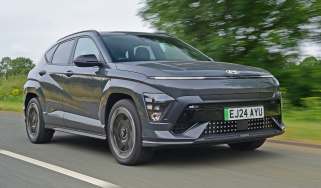Blog: Driving VWs in Brazil
We drive a selection of VWs in Brazil, including the Kombi van, which retires in 2013 after 60 years
Volkswagen sales are second only to Fiat in the Brazilian car market - more than one in five cars sold here wears a VW badge. But the VWs sold in South America are a little different to those on display in your local VW showroom.
A mixture of old technology (in some cases very old), modern styling and models tailored specifically for Brazilian requirements make up a deliciously diverse range - we had the chance to test a selection on public roads near Sao Paulo.
Firstly, the range in full: It includes the Gol (the best-selling car in Brazil for the last 25 years), the Fox (recently replaced by the up! in VW’s UK range), SpaceFox (an estate version), CrossFox (jacked-up suspension, plastic cladding), Polo (the previous-generation model), Polo Sedan and a Golf (specially developed for South America, based on the Mk4). Several more expensive models, such as the Passat CC, Tiguan and Touareg are imported from Europe, too.
My personal favourite though has to be the Kombi van. First introduced way back in 1950, it’s still built at the Anquiete plant near Sao Paulo, which churns out around 250 of them a day - although not for long.
With new safety legislation coming into force at the beginning of 2014, which requires all new cars to have airbags and ABS, the Kombi will be quietly retired at the end of 2013. It’s only fitting then that we took a factory-fresh version of the old-timer for a spin.
Basic doesn’t come close to describing what you get for your R$44,490 (£13,700). There’s space for nine passengers, a full size spare tyre and a boot ledge above the engine in the back. Up front you get a speedometer, steering wheel, handbrake and gearlever. That means no stereo, no electric windows and no air-conditioning or ventilation fans. But what you do get is bags of old-world charm.
You sit right out over the front axle, giving a great view of the road ahead, while the steering wheel is laid out flat in front of you like a London bus. The suspension is brilliantly supple and bobs along potted rural roads quite comfortably. The steering isn’t quite as impressive, though, requiring a good chunk of lock before the front wheels do anything, while the four-speed manual is a case of moving the lever and praying you get the right gear.
An unexpected highlight was the rear-mounted flex-fuel 1.4-litre petrol engine. A relative of the unit still used in the new Polo, it revved smoothly and felt faster than its 0-62mph time of 16.1 seconds (when running on pure ethanol – fill it with unleaded and it takes 16.6 seconds) would suggest.
Somehow though, attributing performance figures and measurements to the Kombi feels wrong. This is a workhorse that’s brimming with character – the kind of car you could drive from one side of a continent to the other and be grinning all the way. It’ll be a crying shame to see it go.
Stepping from the Kombi into the new Gol is like fast-forwarding fifty years. Based on a mish-mash of the last two generations of Polo, but with a new family face and bespoke styling, it looks and feels, well, just like a VW.
OK, so most of the interior plastics are hard and scratchy, where European models would be soft and tactile, but this is a Polo-sized car that starts from R$27,990 (£8,600). In case you were wondering, the higher-quality Polo starts from £13,800 in Brazil.
We drove the range-topping Gol Power, which comes with a 103bhp 1.6-litre engine and luxuries like air-conditioning and a stereo - an entry-level model, simply called the Gol, and a Gol Bluemotion are also available.
On the move, refinement isn’t one of its strong points, but the engine is eager enough – there’s even a raspy exhaust note on full throttle. In the bends it moves around much more than European VW’s, which stay resolutely planted to the road. In fact, with its skinny tyres and roly-poly suspension it feels just like a Polo from 10 years ago to drive.
Lastly we sampled the CrossFox – a jacked-up version of the Fox, with chunky cladding and a spare tyre attached to the tailgate. Cars like this are hugely popular in Brazil, thanks to the tougher image and improved ground clearance. With an elevated driving position, supple suspension and attractive looks I can see why it’s so popular. In fact, you could call it the forerunner to the new VW Taigun…
